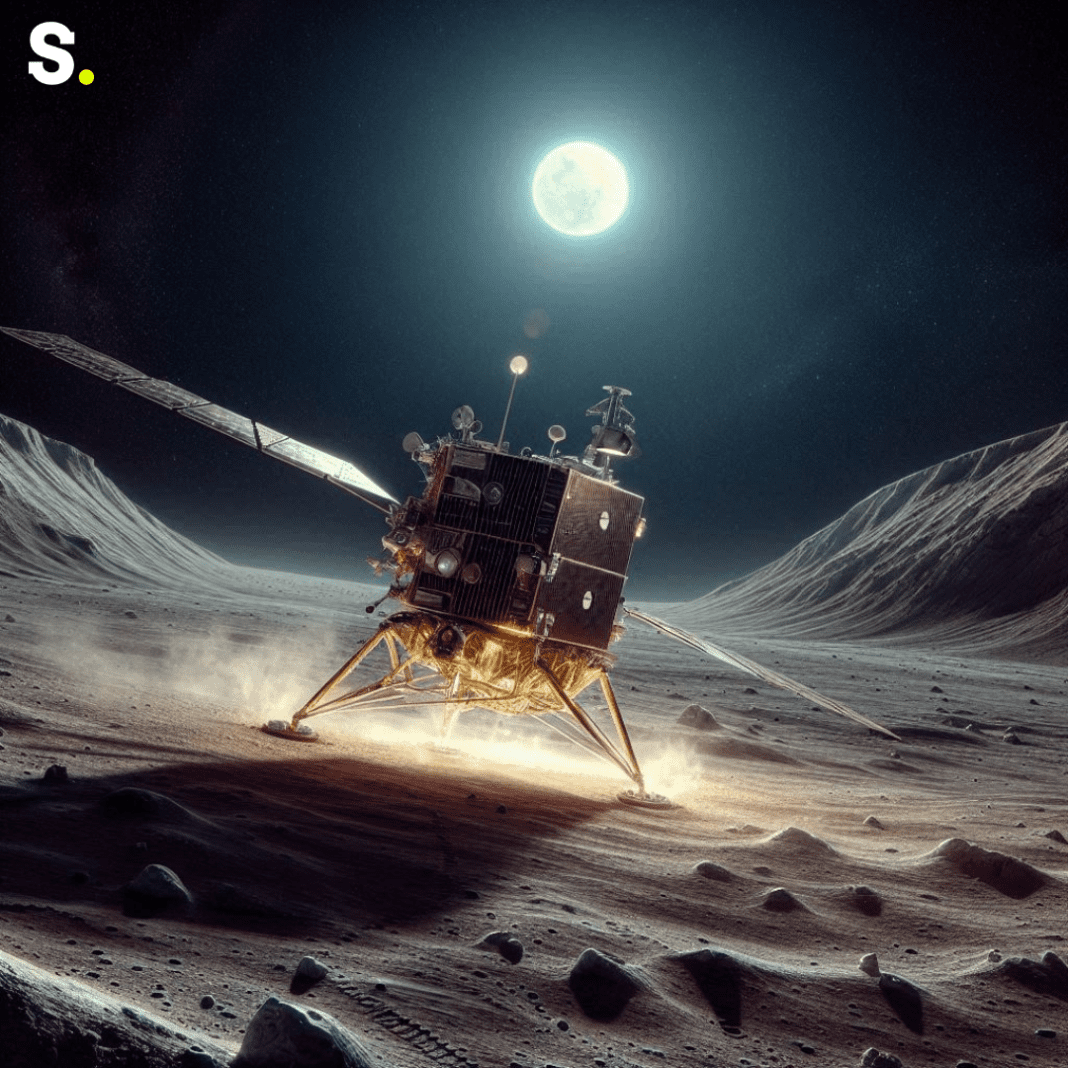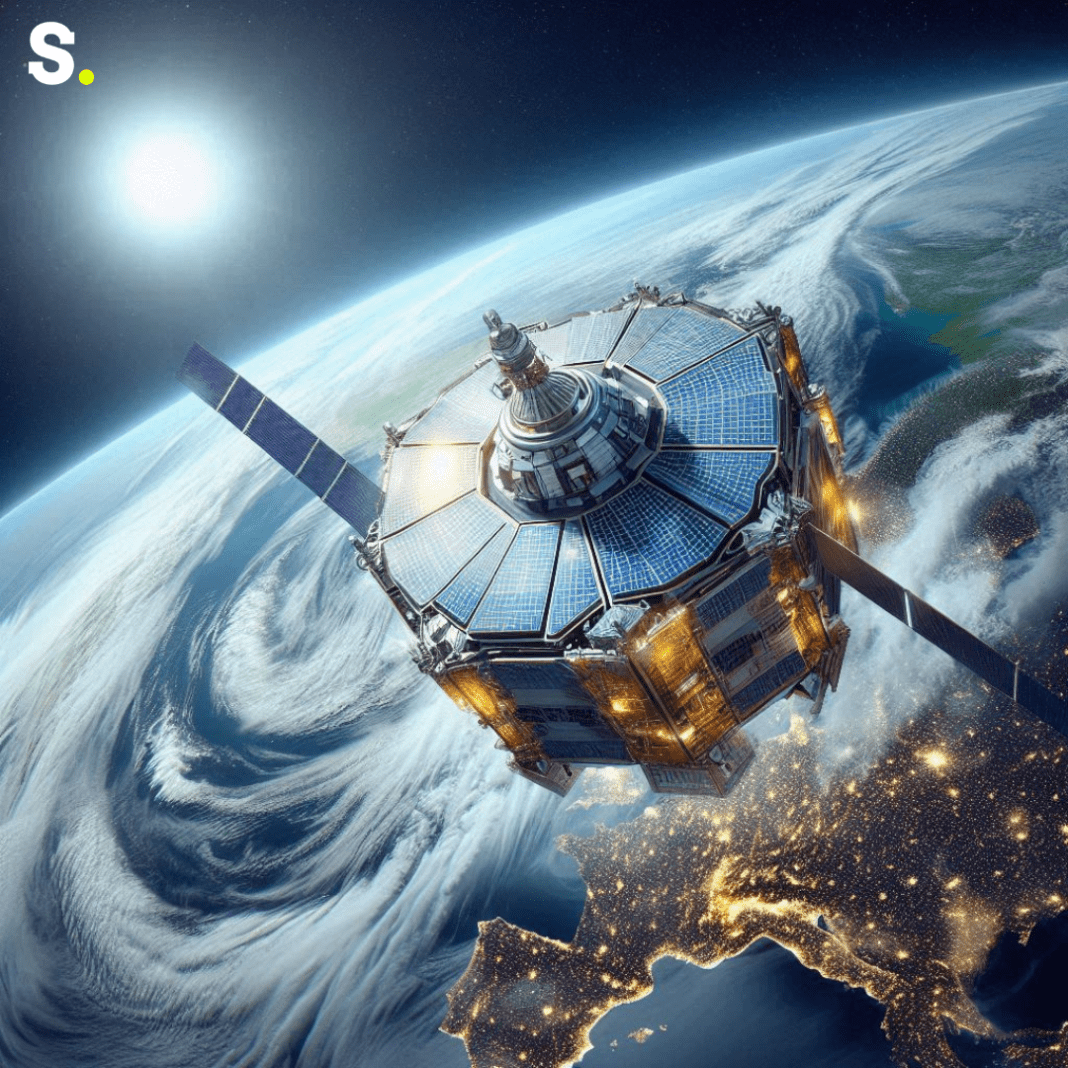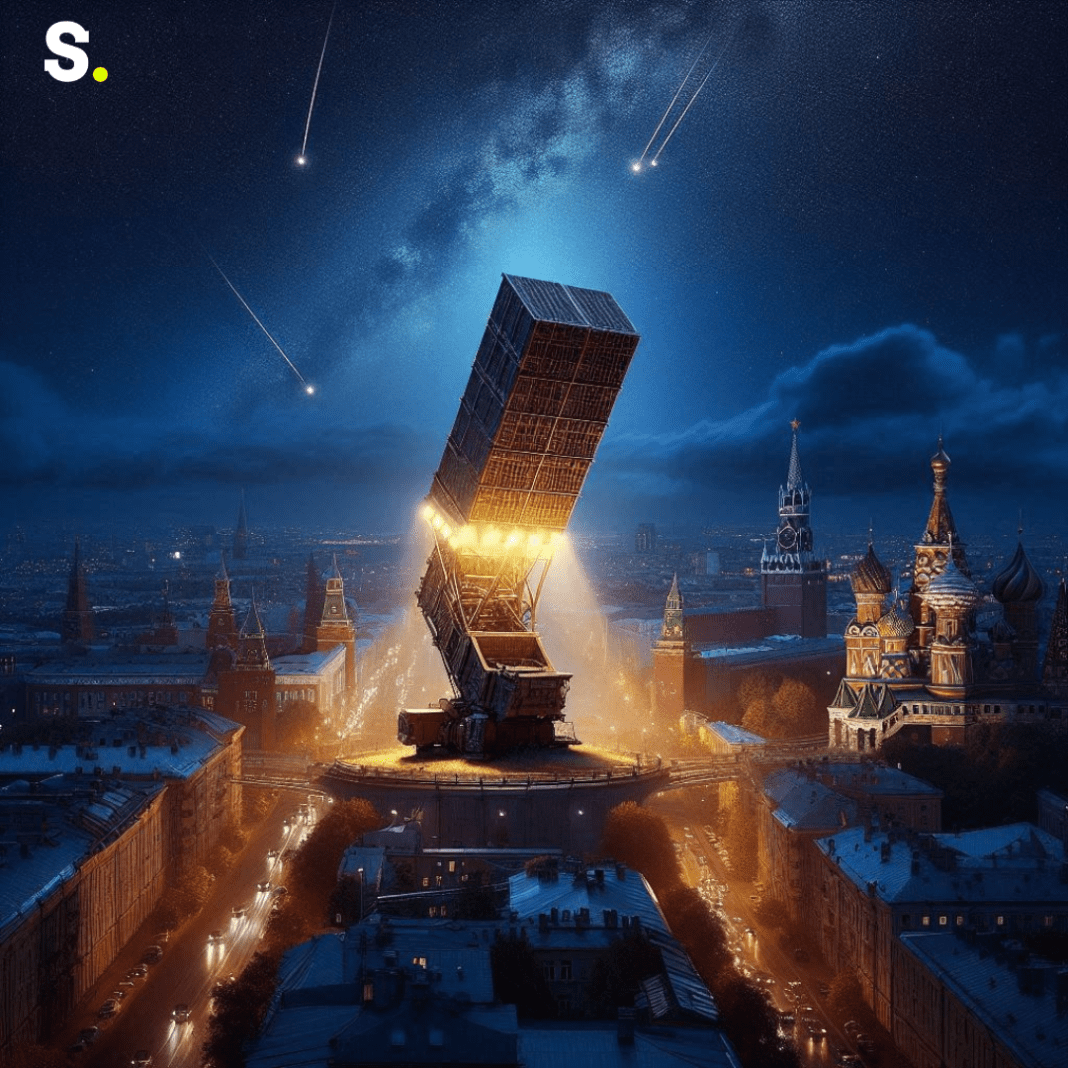For the first time in more than 50 years, NASA has successfully sent new science instruments and technology demonstrations to the Moon. This achievement is a part of NASA’s Commercial Lunar Payload Services (CLPS) initiative. The unmanned landing mission was carried out by Intuitive Machines, which launched their Nova-C lander, named Odysseus, and landed it on the lunar surface.
Successful Journey to the Moon
The Nova-C lander, Odysseus, embarked on a seven-day journey to the Moon. It reached lunar orbit and executed precise maneuvers to land softly near Malapert A in the Moon’s South Pole region. This successful landing occurred at 5:24 p.m. CST on February 22. Odysseus is now healthy, collecting solar power, and transmitting data back to Intuitive Machines’ mission control in Houston. First-ever commercial unmanned lunar landing occurred with this landing.
The mission carried six NASA science research and technology demonstrations, along with other customer payloads. All NASA instruments completed their transit checkouts during the journey to the Moon. One of the key technologies tested was NASA’s precision landing system, which played a critical role in ensuring a safe landing. This mission is part of NASA’s larger Artemis campaign, aimed at sending astronauts to the Moon’s South Pole region later this decade to search for water and other resources.
The descent and landing of the Odysseus lander depended heavily on NASA’s Navigation Doppler Lidar for Precise Velocity and Range Sensing (NDL) guidance system. Just hours before landing, Intuitive Machines faced a sensor issue with their navigation system. NASA’s guidance system stepped in to ensure a precise and safe landing. This system uses laser pulses emitted through three optical telescopes to measure speed, direction, and altitude with high precision.
Now on the lunar surface, NASA’s instruments are set to investigate lunar surface interactions and conduct radio astronomy. The lander also carries a retroreflector array, which will help establish a network of location markers on the Moon. This is essential for future communication and navigation technologies.
Some of the additional NASA hardware aboard the lander includes:
Lunar Node 1 Navigation Demonstrator: This is a small experiment the size of a CubeSat that will demonstrate autonomous navigation. It could be used by future landers, surface infrastructure, and astronauts to confirm their positions on the Moon relative to other spacecraft, ground stations, or moving rovers.
Laser Retroreflector Array: This array consists of eight retroreflectors that enable precision laser ranging. It measures the distance between the lander and other spacecraft or orbiting objects. This array will serve as a permanent location marker on the Moon for decades.
A low-gravity environment’s propellant levels in spacecraft tanks are measured using a technology called the Radio Frequency Mass Gauge. It will measure the quantity of cryogenic propellant in the fuel and oxidizer tanks of Nova-C using cutting-edge sensors, giving important information for next flights.
Radio-wave Observations at the Lunar Surface of the Photoelectron Sheath: This instrument will study the Moon’s surface environment in radio frequencies. It aims to understand how natural and human activities near the surface interact with and potentially interfere with scientific experiments.
Stereo Cameras for Plume-Surface Research on Luna: Four tiny cameras in this package will take pictures of the Moon’s surface as a result of interactions with the lander’s engine plume both during and after descent.
A New Era of Lunar Exploration
NASA is dedicated to supporting its U.S. commercial partners as they tackle the challenges of sending science and technology to the Moon. Intuitive Machines has risen to the occasion, creating an entire lunar program that has ventured farther than any American mission to land on the Moon in over five decades.
This mission is not only a testament to American leadership in space but also showcases the power of commercial partnerships under NASA’s CLPS initiative. It opens the door for future voyages under the Artemis program, which aims to send astronauts to the Moon and eventually to Mars. The success of this mission is a significant milestone, proving that boldness and resilience are key to achieving extraordinary feats in space exploration.




